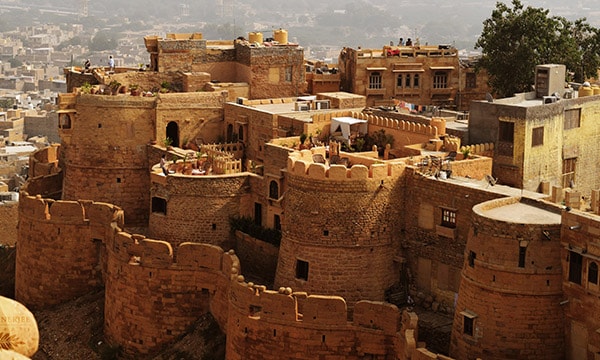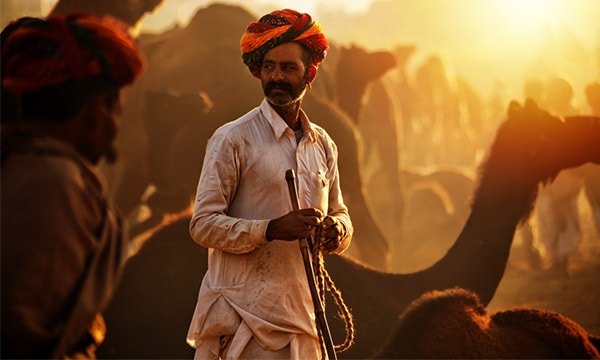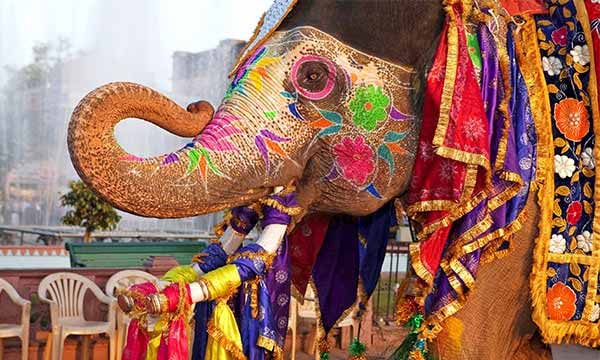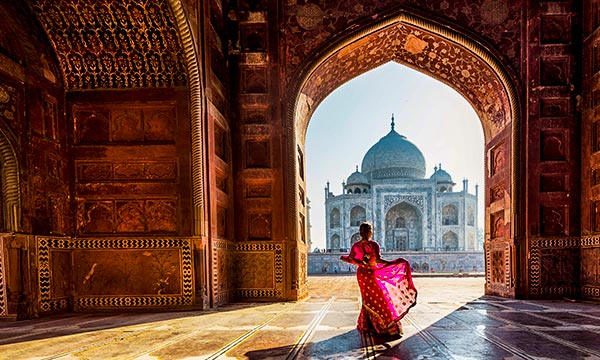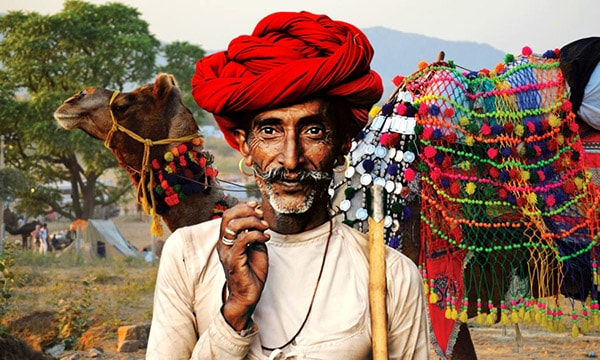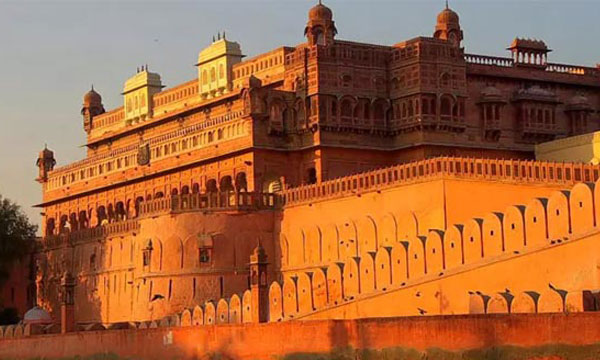Jodhpur
Welcome to The Blue City
Fact & figure
- Indian union territory:
- Area: 78.6 km
- Population : 36 lakhs (2011)
- Language : Rajasthani, Hindi, English
- Attractions : Forts, Palaces and Monuments
- Rainfall : 363 mm
- : 231 m above sea level
- Monsoon : July to August
- Best time to visit : October to March
- Temprature :
History of Jodhpur
Set in the warm and sandy edges of the Great Indian Desert, Jodhpur is the second - largest city of what was once India’s most lavish and enriched state – Rajasthan. Home to he ever-popular business - minded clan of the Marwaris, Jodhpur is a delightful blend of royal antiquity and newness.
The history of this city goes back to the year 1459 when Rao Jodha of the Rathore clan took it upon himself to build the city from the ruins of the ancient city of Mandore of the princely state of Marwar, certain remains of which can be seen in the Mandore Gardens.
Like the lovely pink shade of Jaipur, the houses of Jodhpur are painted blue, which is why it is also called the Blue City. But the colour had a different purpose here, and that was to protect the small huts from the scorching heat of the desert sun. Jodhpur is thus also called the Sun City, very right fully.
Jodhpur is bedecked with forts, palaces and temples all around its bright and beautiful self. The most significant of it is the Mehrangarh Fort, rising above the Jodhpur skyline from atop a 125m high hill. Other than the inexplicably majestic inner highlights like the Moti Mahal where the audience was held, or the glass-covered Sheesh Mahal, or the king’s very own pleasure chamber, Phool Mahal or Flower Hall, the fort also bears imprints of Jaipuri cannonball attacks.
The only palace built in the 20th century, Umaid Bhawan Palace, bears a distinct mix of Indo - Saracenic, Classical Revival and Western Art Deco styles, mostly because it was designed by a renowned British architect HV Lanchester.
Among temples, the shrine of Chamunda Mataji is the most revered one, as Rao Jodha was one of her most ardent devotees. The tradition continued and the deity is till date the Goddess whom the royal family worships.
Amidst all the historical attractions, there is a small patch of natural relief in the form of Sardar Samand Lake and Palace. This used to the favourite retreat of the royal family. The premise is a bird watcher’s paradise with species such as Himalayan griffon, Dalmatian pelican and yellow - legged green pigeons coursing around the lake all around the year. Inside there is a vast collection of hunting trophies, paintings and photographs.

